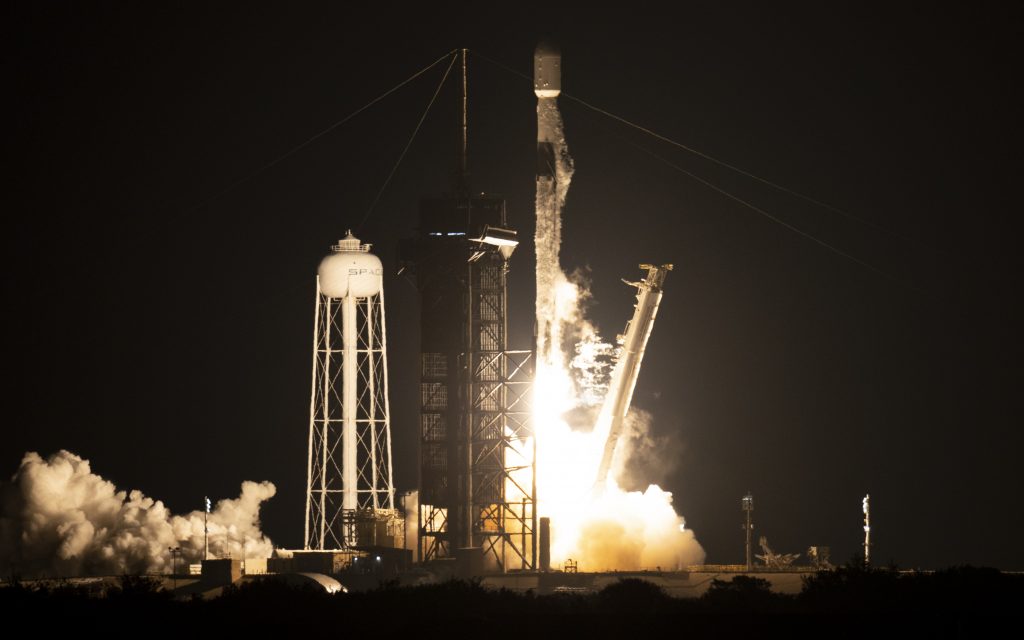NASA’s newest X-ray observatory – the Imaging X-ray Polarimetry Explorer, or IXPE – extended its boom successfully Dec. 15, giving IXPE the ability to see high-energy X-rays. The mission, which launched on Dec. 9, is one step closer to studying some of the most energetic and mysterious places in the universe in a new way.

The IXPE observatory features three identical telescopes, each with a mirror assembly and a polarization-sensitive detector. To focus X-rays, IXPE’s mirrors need to be about 13 feet (4 meters) away from the detectors. That’s too large to fit inside some rocket fairings. So IXPE’s boom had to fold up, like origami, into a 12-inch (0.3-meter) cannister and stretch out again in orbit.
“For those of us in the space game, moving parts are always frightening,” said Martin Weisskopf, IXPE’s principal investigator at NASA’s Marshall Space Flight Center. “Right now, I’m smiling from ear to ear.”
With the boom now deployed, mission specialists are ready to focus on commissioning the telescopes, preparing them for the spacecraft’s first science.




